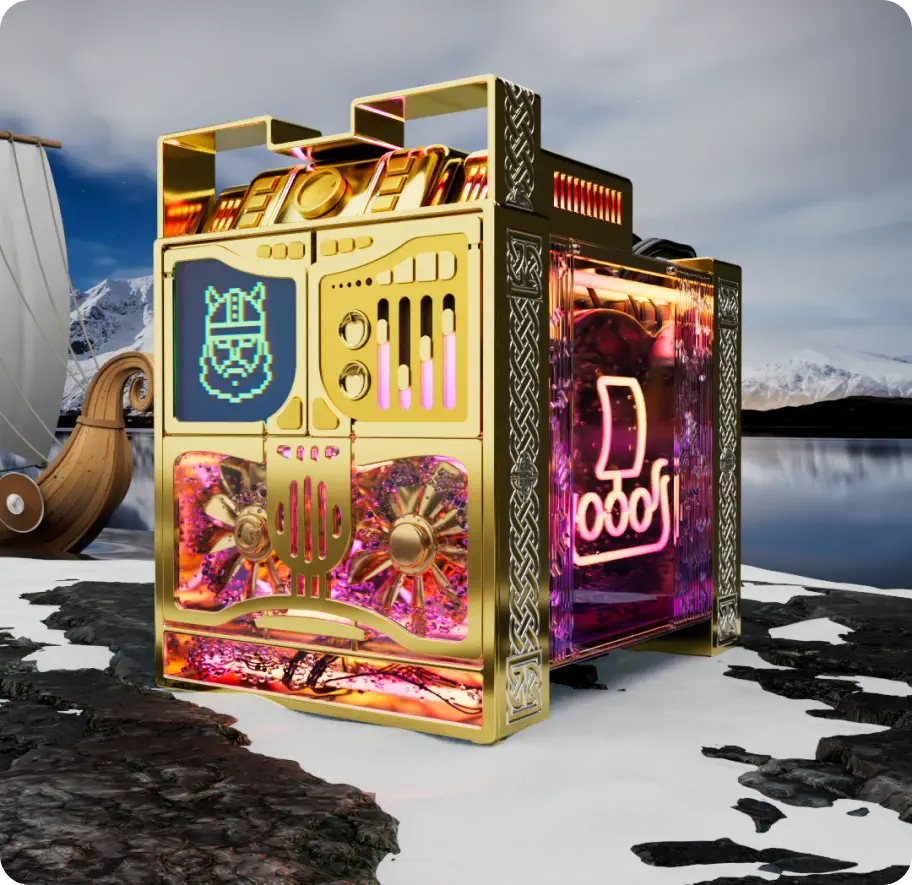
The Truth About Antarctica’s ‘Blood Snow’
Antarctica’s balmy summer season is finally here, but don’t pack up your swim trunks just yet. While 65-degree temperatures on the frozen continent might sound appealing, the scenery looks like something out of a Stephen King novel..
If the first images of record-breaking glacial melt didn’t send you running for your climate comfort blanket, how about these latest images of bloody ice shelves calving into unforgiving seas? No, that’s not the album artwork for some operatic heavy metal concept album about the dangers of climate change. These are actual photos of a disconcerting phenomenon taking place right now on Antarctic ice sheets. In recent weeks, an area off the coast of Antarctica’s northernmost peninsula has become coated with a dark red substance that researchers are calling “watermelon ice”, “raspberry snow”, and “blood snow” depending on who you ask.
Algae is the culprit
The red pigments clotting these formerly fresh white vistas are actually a kind of algae native to snowfields and mountains around the world. According to Live Science, this algae, known as Chlamydomonas nivalis, lies dormant during the harsh winter months only to bloom come summer, spreading its bloody spores across the landscape. Compounds called carotenoids give the algal spores their characteristic red pigment. It’s actually the same pigment that grants pumpkins and carrots their orange hue.
Researchers have always observed some C. nivalis blooms during the Antarctic summer, but this year the blooms have grown to match the frozen continent’s record heat. As a result, atmospheric scientists fear the excess dark pigment may set off a dangerous feedback loop for the climate.
Ukrainian researchers highlighted the problem on their Facebook page: “Snow blossoms contribute to climate change. Because of the red-crimson color, the snow reflects less sunlight and melts faster. As a consequence, it produces more and more bright algae.” In other words, dark algal blooms raise temperatures and raised temperatures increase algal blooms. Yikes. The image of a shrinking glacier slowly bleeding to death might be poetic if it wasn’t so terrifying.

The Truth About The Haunting Belcher's Sea Snake

The Dark Origins Of The London Bridge Is Falling Down Nursery Rhyme

The D.B. Cooper Theory That Would Change Everything

What You Should Know About Alien Invasion: Hudson Valley's Ben Hansen

12% Of People Believe This Bizarre Urban Legend Is True

The Surprising Origins Of The Ukulele

Japan Proposes Release Radioactive Fukushima Water To Sea Or Air

Who Owns The Moon?

The Untold Truth Of Skinwalker Ranch

Secrets Only One Living Person Knows























